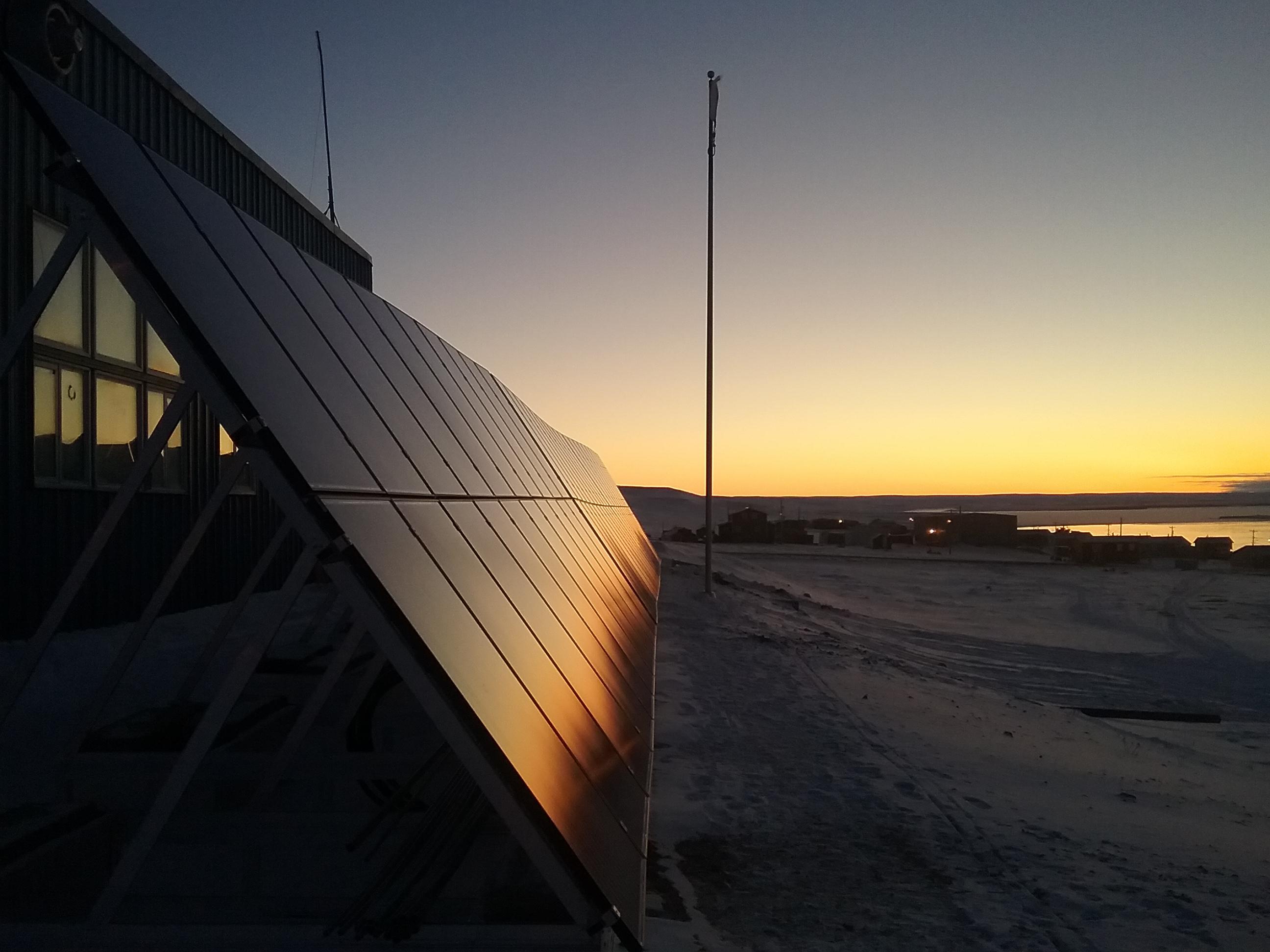A circular economy for rectangular solar panels

By Carson Fong, Senior Analyst
(December 7, 2023)
By the end of 2023 there will be over 1,400 gigawatts (GW) of solar photovoltaic energy capacity installed worldwide, with over half of that built in just the past four years.1 Some have posed this as a looming waste management disaster. They think an imminent tidal wave of panels — with lifespans of 25 to 30 years — are destined to stack up in landfills across the world, releasing toxic materials and creating an environmental disaster.
As a responsible industry set up to address one environmental problem, namely climate change, it’s prudent to ensure the solution doesn’t inadvertently cause other issues. So, just how bad is the solar panel waste problem, really?
It might help to start with some context by comparing solar energy’s solid waste to that of other energy forms. Dr. Hannah Ritchie, a researcher at the University of Oxford, found that per megawatt-hour of energy, coal produces over 50 times the amount of solid waste compared to photovoltaic solar, in the form of coal ash.2 This is not to mention all the other types of pollution created by coal generation, and this is assuming no component of the solar panel is recyclable.
But even if there is comparatively less waste from solar, is there a toxicity issue that could cause environmental damage?
Nearly 100 per cent of the global market consist of either crystalline silicon or cadmium telluride panels, neither of which include often cited toxic materials like arsenic, gallium, germanium, or hexavalent chromium, according to research done at the National Renewable Energy Laboratory led by Dr. Heather Mirletz.3 That said, there can be trace amounts of lead in crystalline silicon panels that should not be overlooked.
All in all, even if the issue is not as disastrous as some may lead you to believe, diverting solar panels from landfills will still be a challenge. An estimated 90 per cent of end-of-life solar panels today end up in the landfill.4
The Alberta Recycling Management Authority (ARMA) is taking a proactive, preventive approach to that scenario in Alberta. ARMA already oversees end-of-life processing of tires, electronics, paint and used oil materials, and was recently named the administration and oversight authority for Alberta’s Extended Producer Responsibility. The not-for-profit organization added solar panels to their expanded electronics recycling pilot in 2021.
As part of the initiative, they are trying to collect as many panels as possible. ARMA is collecting unwanted solar panels from across Alberta for free, saving the developer from the cost of disposal.
They then sort out which panels are still working. Even if they aren’t performing as well as they were brand new, used panels can still provide generation in lower-impact applications. ARMA is partnered with the Northern Alberta Institute of Technology and High-Tech Recycling, where they’ve set up a bench to test the panels they receive. This process is labour intensive and time-consuming but is the most effective way to test the panels in the pilot program. Panels that meet the criteria are put aside and can be given back to municipalities or community members. For example, several solar panels were donated to Strathmore High School to power their off-grid greenhouse.5
Unfortunately, many get damaged during transportation, which leaves over 90 per cent of their intake unfit for reuse. These are sent for recycling, which involves separating the panels into its components and handling each material separately. By weight, solar panels are roughly 75 per cent glass. The rest of the panel includes valuable materials like aluminum, silver, copper and polysilicon.
The infrastructure to recycle solar panels in Alberta is not yet established. There currently isn’t an electronics processor in Alberta that can recycle solar panels, so ARMA ships the panels they can’t re-use to facilities in the United States that have the capabilities to effectively recycle the material.
Sunset Renewables is a company that’s working on unlocking that recycling capability in Alberta. They are establishing a secondary market to re-use solar panels, as well as building a new circular economy centre in Brooks to process used energy equipment. They’ve found new homes for functioning solar panels in applications like remote charging stations and ice-fishing setups. For the rest, they’ve recycled them by separating out and selling the materials. So far, they’ve diverted 10,000 panels from the landfill.
Individual developers are taking action, too. BRC-Canada Gold participant EDF Renewables has partnered with SOLARCYCLE, a solar panel recycler operating in Texas and Arizona, to process all of their damaged or broken panels and sell the recycled raw materials.6
If the recycling infrastructure is built to scale, a lot of the material and value can be saved from the landfill. Currently, SOLARCYCLE says it can recover 95 per cent of the value in a solar panel.7 TG Companies, a company started by a solar sustainability researcher at Arizona State University, has developed technology that it says can extract 100 per cent of some of the key minerals in panels, including silver, tin, copper and lead.8
These recycled minerals can then be used in the next generation of solar panels. As the demand for these minerals increases, Rystad Energy estimates the market for recycled PV components to hit $2.7 billion in 2030, up from just $170 million in 2022.9
So yes, a tidal wave of used solar panels is coming. But with the right infrastructure in place, we can harness it and create opportunities by repurposing and recycling panels, all while avoiding the landfill. Surf’s up!
